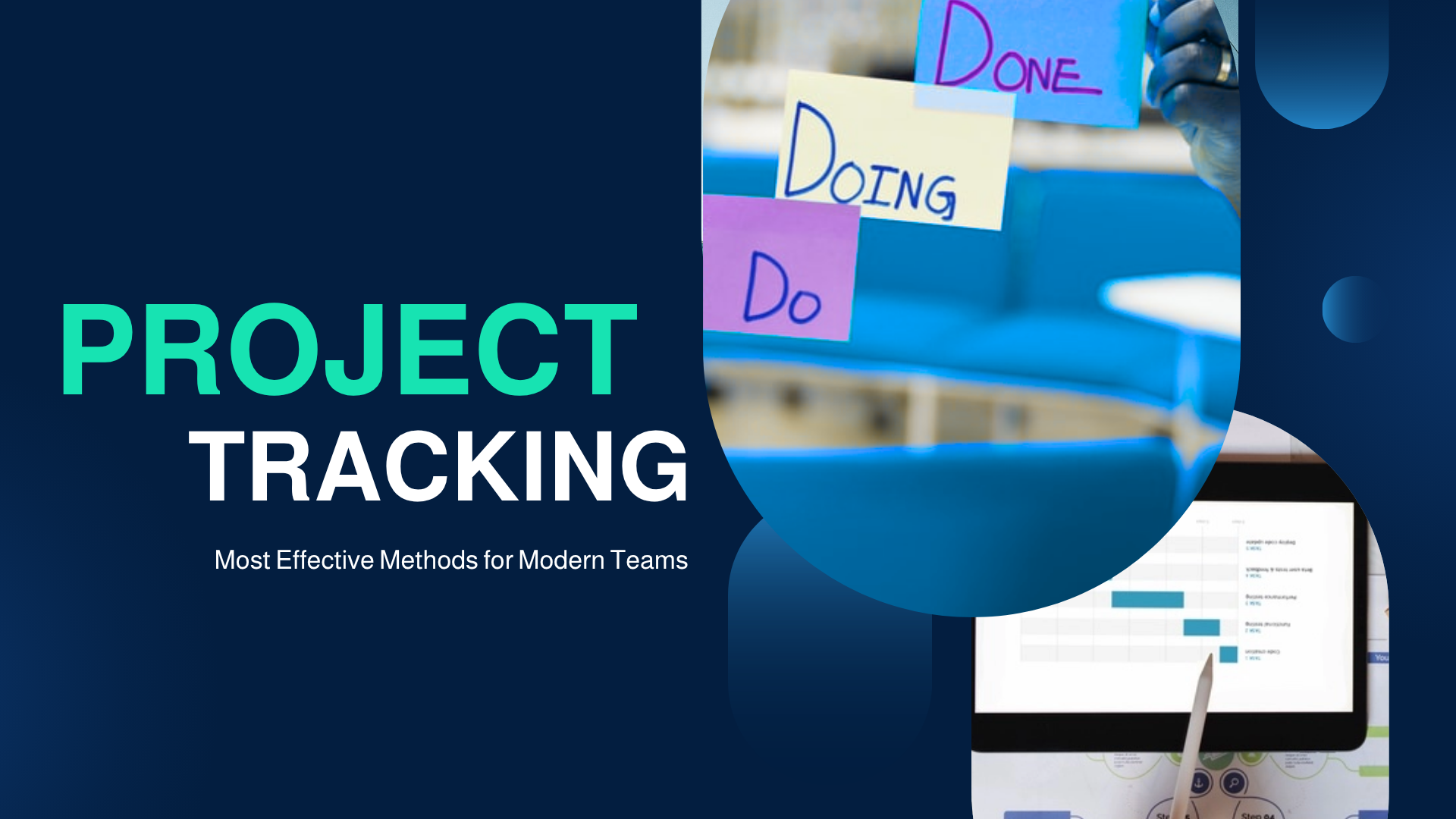What Are the Most Effective Project Tracking Methods for Modern Teams?

Are your team projects often falling behind schedule? Do deadlines slip even when everyone seems busy? Modern teams face a critical challenge: how to stay on top of tasks, timelines, and deliverables without micromanaging. Effective project management is the key to ensuring that projects are completed efficiently, resources are optimized, and teams remain motivated. But what are the most reliable methods for modern teams to keep everything on track? Let’s explore.
Why Project Tracking Matters
Project tracking allows teams to monitor progress, identify bottlenecks, and adjust plans in real time. Without it, teams risk delays, miscommunication, and lost productivity. Effective tracking ensures accountability, helps managers make data-driven decisions, and fosters collaboration. In short, this is not just about monitoring tasks; it’s about maintaining a clear picture of the project’s health at any given moment.
1. Kanban Boards: Visual Workflow Management
One of the most popular methods today is the Kanban board. Originating from lean manufacturing, Kanban helps teams visualize workflow by dividing work into stages such as “To Do,” “In Progress,” and “Completed.”
Benefits:
- Immediate visual insight into project status
- Encourages continuous workflow and prevents task bottlenecks
- Flexible for both small and large teams
Modern digital tools like Trello, Jira, and Monday.com have made Kanban boards more interactive and collaborative, allowing teams to drag and drop tasks, add comments, and track deadlines in real time.
2. Gantt Charts: Timeline-Focused Tracking
For teams managing complex projects with strict deadlines, Gantt charts are invaluable. They provide a timeline view of tasks, dependencies, and milestones.
Advantages:
- Clear visualization of overlapping tasks
- Easy identification of critical paths
- Supports long-term planning and resource allocation
Gantt charts are particularly useful for cross-functional teams working on multiple projects simultaneously, ensuring that delays in one task don’t derail the entire project schedule.
3. Agile Sprint Tracking
Agile methodology is no longer limited to software development. Modern teams across industries use sprints, short, focused periods of work, to boost productivity. Sprint tracking allows teams to measure progress against set goals within these timeboxes.
Key aspects:
- Sprint boards with task statuses
- Daily stand-ups to review progress
- Retrospectives to improve future sprints
Agile encourages adaptability, making it easier for teams to respond to unexpected challenges while maintaining steady progress toward project goals.
4. Time-Based Tracking: Project Time Tracking Software
Tracking not only what gets done but also how long tasks take is critical for modern teams. Project time tracking software provides detailed insights into time allocation, helping managers optimize workflows.
Why it matters:
- Identifies tasks consuming excessive time
- Helps allocate resources effectively
- Enables accurate project cost estimation
Tools like Toggl, Clockify, and Hubstaff allow teams to log hours automatically or manually, integrate with other project management tools, and generate insightful reports. Time tracking also contributes to employee accountability and supports performance evaluations.
5. Performance-Oriented Tracking: Employee Performance Review Integration
Modern tracking goes beyond deadlines and deliverables; it also connects to team performance. Incorporating employee performance review metrics into project management tracking ensures that individual contributions are recognized and aligned with overall team goals.
Benefits:
- Tracks individual progress against KPIs
- Highlights areas for skill development
- Encourages continuous improvement
By combining task completion data with performance reviews, managers can provide meaningful feedback, reward high-performing employees, and address issues before they affect the project.
6. Digital Collaboration Platforms
Modern teams thrive when communication and tracking are unified in one system. Platforms like Asana, ClickUp, and Notion integrate task lists, calendars, file sharing, and dashboards, providing a centralized hub for tracking projects.
Why they work:
- Reduces miscommunication and duplicate work
- Centralizes project documentation
- Enables real-time updates and notifications
Digital collaboration platforms allow teams to focus on outcomes rather than merely tracking activity, increasing both productivity and engagement.
7. Key Metrics to Track
No matter which method you choose, effective tracking relies on clear metrics:
- Task completion rate: Are tasks finished on time?
- Resource utilization: Are team members effectively allocated?
- Milestone progress: Are critical deadlines being met?
- Budget adherence: Is spending on track?
Metrics provide objective insights that help teams make informed adjustments and celebrate successes.
You can also watch this video - EmpCloud: One Platform for All Your Workforce Needs!
Summary: Choosing the Right Approach
The most effective tracking methods for modern teams combine visual clarity, real-time updates, and performance insights. Kanban boards, Gantt charts, Agile sprints, time tracking tools, and integrated digital platforms offer flexible solutions depending on your team’s workflow. Ultimately, combining methods and focusing on measurable outcomes ensures that projects stay on schedule, within budget, and aligned with team goals. Smart teams use project management tracking not just to monitor tasks but to drive efficiency, accountability, and success.
FAQs
Q1: What is the best project tracking method for small teams?
A: Kanban boards or simple digital task lists work best for small teams due to ease of use and minimal setup requirements.
Q2: How can project tracking improve team performance?
A: By providing visibility, accountability, and performance insights, teams can identify bottlenecks, optimize workflows, and enhance productivity.
Q3: Do I need special software for effective project tracking?
A: Not necessarily, but digital tools like Asana, Trello, or project time tracking software make tracking easier, especially for remote or larger teams.
Q4: How often should project tracking be reviewed?
A: Daily for active tasks, weekly for progress reports, and monthly for performance and resource evaluation ensures proactive management.
- Art
- Causes
- Crafts
- Dance
- Drinks
- Film
- Fitness
- Food
- Juegos
- Gardening
- Health
- Home
- Literature
- Music
- Networking
- Other
- Party
- Religion
- Shopping
- Sports
- Theater
- Wellness






